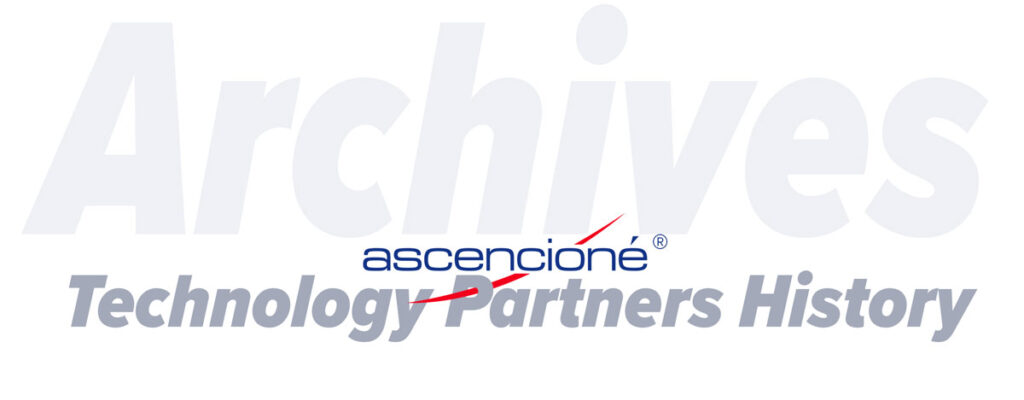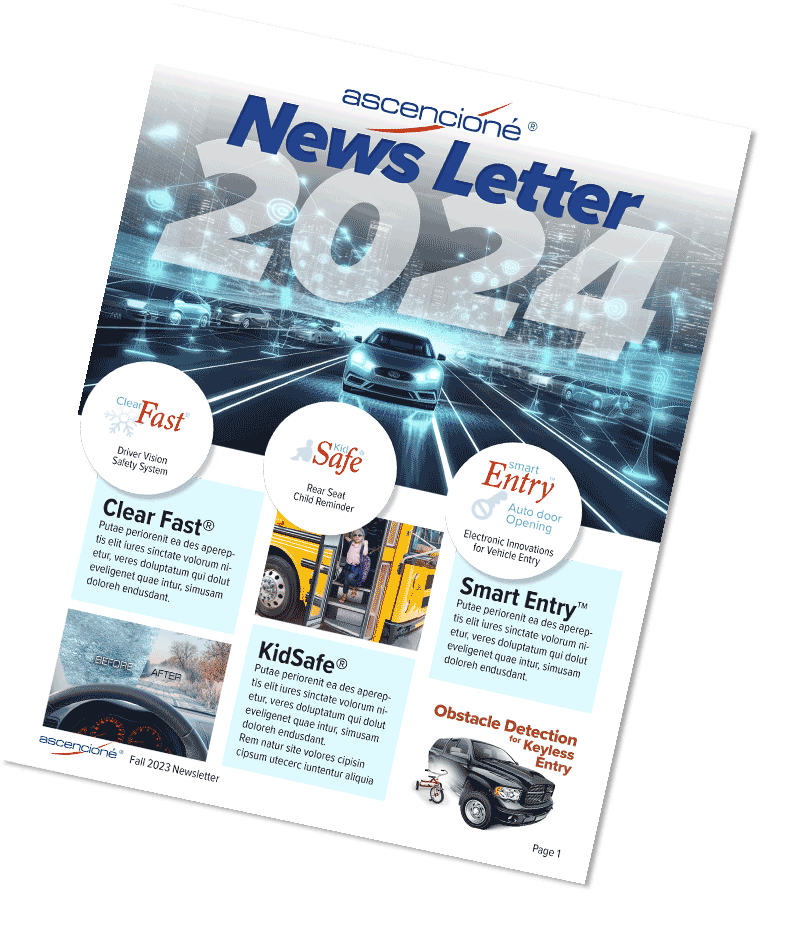
When business textbooks discuss innovation, an example they often site is 3M. The Minnesota-based giant, which manufactures everything from dental equipment to adhesive tape, gets 35% of revenue from products it has developed in the past five years. So how is your company planning for the future? Here are four ideas innovative entrepreneurs keep in mind – as well as some challenges they face – as they develop products for the next century.
How Does
Your Company
INNOVATE?

For Norman Rautiola of Michigan-basedascencione ´® , innovation means every part of an invention is brand new, even down to its most basic components.
1. When the whole is the sum of its parts
When it comes to innovation, Norman Rautiola is fanatical about building everything himself. His business – ascencione ´® corporation – makes electronic systems for a variety of industries; the Michigan-based company’s inventions include the first keyless automotive-entry system, the first electronically power steering system, and the first touch-controlled range. All of those and dozens of others dreamed up by Rautiola and his staff over the past 30 years are made from plastic housings, switches, molds, and coils that ascencione ´® engineered itself from its own designs. Rautiola’s reasoning for using his own components is simple. “Our parts look different than other peoples because we keep adding functionality,” he explains. “We optimize the mechanical design of a part that goes into a new product, and by doing so, we optimize the entire product.” As an added bonus, Rautiola says that making his own parts also minimizes costs and develops employee’s technical Smarts.
…
When should you Innovate?
In the earliest stages of innovation, ideas float freely through the air. However, any time or money spent towards developing a new product must be justified by the potential return on investment. Ramtron international Corp., a maker of volatile memory chips, uses what it calls a “product justification form” to make sure new ideas are worth their weight. Here are some questions presented in the form that you should ask yourself before developing a new product:
What’s the application of the product?
Do we service that segment of the industry?
Do we have the core competency to make it?
When does it need to be introduced?
What’s the forcast for the revenues it will bring in?
How much – and how many man hours – whill it take to make?
What will be the return on investment?
How will that contribute to our revenue goals?



